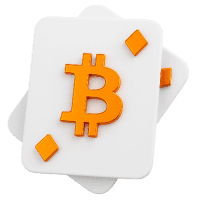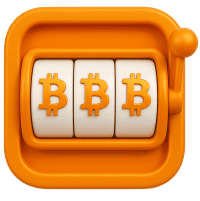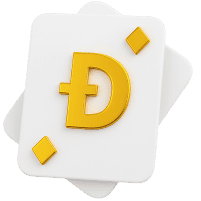In the evolving realm of digital finance, few innovations have stirred as much discussion as the Coinbase Wallet. As advances in blockchain technology accelerate, many enthusiasts — both beginners and seasoned investors — ask, “what is Coinbase wallet” and whether it can truly address the demands of modern crypto management. This comprehensive review delves into every aspect of the platform — from its rich history and core features to its ease of use, security, and multifaceted support for assets. Whether you’re comparing providers or seeking a decentralized solution, read on to discover if this is the right tool for your digital asset journey.
About the Wallet
Coinbase Wallet was conceived as an offshoot of Coinbase’s retail exchange operations and has since carved out an identity as a self-empowering tool for crypto enthusiasts. Sometimes simply referred to as a cb wallet, it grants its users control over private keys and provides a gateway into the decentralized economy. As a standalone solution, it stands apart from traditional custodial wallets by offering a full spectrum of services — from storing multiple digital assets to interacting with web3 protocols. This positions it as not only a practical Coinbase crypto wallet but also a robust portal for decentralized applications.
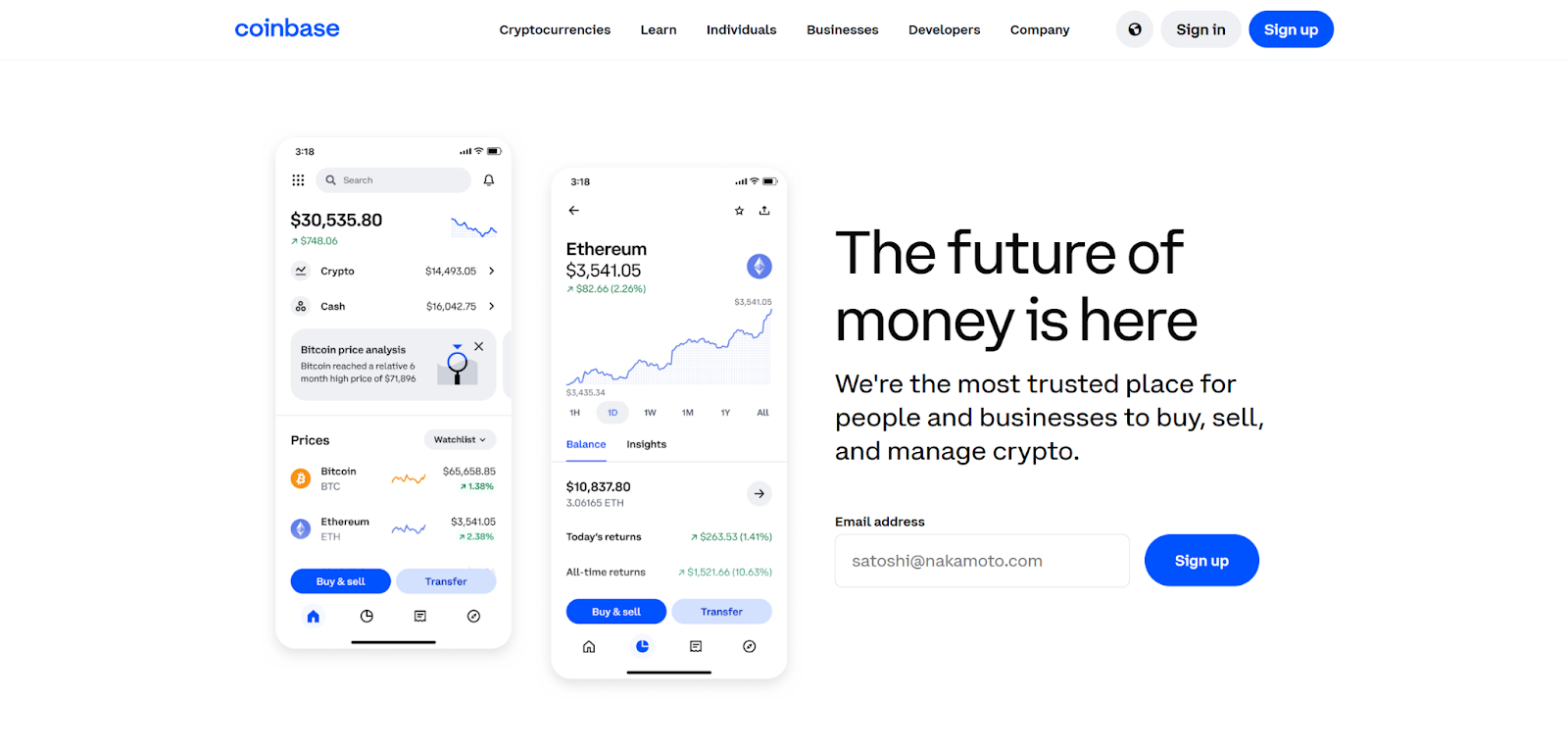
Pros and Cons
Every digital wallet carries a blend of strengths and areas for improvement. Here’s a brief summary:
Pros:
- User-Friendly Interface: Designed to be accessible for both newcomers and experienced users.
- Robust Security: Incorporates advanced encryption and non-custodial controls, making it a truly Coinbase wallet safe solution.
- Versatility: Supports a wide variety of cryptocurrencies, tokens, and web3 integrations.
- DeFi Integration: Offers seamless access to decentralized finance protocols and staking opportunities.
- Comprehensive Ecosystem: Connects neatly with a range of Coinbase apps for a unified crypto experience.
Cons:
- Complex Setup for Beginners: The initial configuration can be overwhelming for users unfamiliar with blockchain terminology.
- Variable Network Fees: Transaction fees depend on blockchain network congestion and market conditions.
- Learning Curve: Advanced features, such as direct dApp interaction and staking, may require additional research and practice.
This Coinbase wallet review aims to provide a balanced perspective to help you make an informed decision.
History of Coinbase Wallet
Launched as the crypto ecosystem matured, Coinbase Wallet emerged to fill a growing need: reliable, self-custodial storage paired with direct access to blockchain applications. Its evolution reflects both the rapid expansion of decentralized finance and the increasing demand for digital asset sovereignty. Initially, the wallet was a modest project designed for simple asset storage. Over time, it has transformed into a comprehensive suite that supports asset exchange, staking, and even NFT management. Each iteration has been informed by user feedback and the broader shifts in how we interact with digital finance.
Main Features and Capabilities
At the heart of Coinbase Wallet lies a powerful array of features geared toward modern crypto management:
- Decentralized Access: Emphasizing its non-custodial philosophy, the wallet adopts a Coinbase wallet decentralized model. This means users retain sole control over their private keys and, by extension, their assets.
- Multi-Asset and Multi-Network Support: Beyond traditional cryptocurrencies, the wallet accommodates tokens from emerging projects and supports multiple blockchain networks, making it easy to manage assets as a true multi-currency hub.
- Integrated Exchange Functionalities: Users can execute token swaps directly within the app, streamlining operations and negating the need to use external exchanges — a convenience inherent to a modern coin crypto wallet.
- Enhanced Security Protocols: From encrypted storage to optional multi-factor authentication, every layer of security is designed to keep your assets safe.
- DeFi and dApp Integration: With seamless access to a variety of decentralized applications, users can venture into lending, borrowing, and staking. This functionality is highlighted through features often branded as a Coinbase DeFi wallet within the app.
Ease of Use
Despite its extensive capabilities, Coinbase Wallet was built with user experience in mind. The intuitive interface, especially in the mobile version, guides users through every step — from setting up the wallet to making their first transaction. Simple drag-and-tap functionalities, accompanied by clear on-screen instructions, empower users to explore everything from basic functions to advanced dApp interactions. Detailed in-app guides also answer common questions on how to use Coinbase wallet, ensuring that the journey from setup to everyday operations remains as smooth as possible.
Wallet Type and Security
A key differentiator for Coinbase Wallet is its non-custodial structure. In contrast to traditional custodial wallets, where a third party holds your private keys, this platform ensures that you control your crypto destiny. Such design empowers you to directly manage your digital identity but also requires a disciplined approach to security. Notable security features include:
- Private Key Encryption: Your sensitive data and private keys are stored in an encrypted format.
- Multi-Factor Authentication: Options like biometric verification further secure access to your wallet.
- Backup Infrastructure: The wallet’s backup scheme — centered on a recovery seed phrase — plays a crucial role in ensuring that you never lose access to your funds.
This approach makes Coinbase Wallet not only versatile but also a genuinely secure option in a volatile crypto landscape.
Backup Scheme
Understanding the importance of secure backups is essential. Upon account creation, Coinbase Wallet generates a seed phrase — a sequence of words that serves as the master key to your wallet. Users are advised to write down this seed phrase and store it somewhere safe, offline, and away from prying eyes. This method is standard among leading non-custodial wallets and reinforces the overall security strategy. By emphasizing personal responsibility for backup, Coinbase Wallet stays true to the decentralization ethos while ensuring that even in unforeseen circumstances, your digital assets remain accessible.
KYC Information
A significant advantage of Coinbase Wallet lies in its flexible approach to identity verification. Unlike many centralized services, the wallet does not require users to complete stringent Know Your Customer (KYC) procedures for accessing its basic functionalities. This choice reinforces the wallet’s commitment to privacy and decentralization. However, if you choose to engage with integrated exchange services or convert assets, you might be prompted to comply with certain KYC protocols. This balanced strategy allows users to maintain a high degree of privacy without forgoing access to advanced features.
Fees and Commission Details
When it comes to transaction fees, Coinbase Wallet maintains clear boundaries. The wallet itself does not impose additional service fees — what you pay is dictated solely by network transaction costs. These fees can fluctuate based on blockchain congestion and network activity. While this means that expenses might vary, it also underscores the transparency of the wallet’s model. Understanding that fluctuations are a natural byproduct of decentralized networks helps users plan their transactions more effectively without the worry of hidden charges.
Staking Capabilities and Rewards
For investors seeking to put their crypto assets to work, Coinbase Wallet offers integrated staking options. Users can participate in staking pools associated with select cryptocurrencies directly from the wallet interface. By locking up funds, investors earn rewards that are distributed periodically — a feature that has rapidly gained popularity in the era of decentralized finance. In addition to staking, the wallet occasionally rolls out incentives and achievement badges as part of its internal reward programs, echoing trends seen in platforms like Trust Wallet. Such initiatives not only bolster user engagement but also encourage regular interaction with the app.
Additional Features and dApp Integration
Coinbase Wallet goes beyond modern asset storage by welcoming users to explore a wider decentralized ecosystem. The app’s built-in dApp browser facilitates direct access to decentralized exchanges, NFT marketplaces, and other blockchain-powered services. This seamless integration means you need not leave the wallet environment to interact with emerging financial tools, a distinct benefit for anyone exploring the borderlands of decentralized finance. From earning interest to participating in novel DeFi products, Coinbase Wallet’s additional functions bring its promise of a comprehensive digital finance suite to life.
Supported Networks and Coins
In today’s diverse crypto landscape, versatility matters. Coinbase Wallet has been engineered as a multi-currency platform supporting a broad spectrum of digital assets. Major cryptocurrencies like Bitcoin and Ethereum take center stage, evidenced by its capability as a reliable bitcoin wallet Coinbase, while a wide array of altcoins, tokens, and stablecoins are also supported. This extensive compatibility not only facilitates diversified portfolios but ensures that users can manage assets across various blockchain networks without having to rely on multiple tools.
NFT Support and Interface Overview
As the world of digital collectibles flourishes, Coinbase Wallet has kept pace by incorporating NFT support into its portfolio. Users can store, display, and manage NFTs directly in the wallet, making it a one-stop solution for both traditional cryptocurrencies and digital art assets. The mobile interface especially has undergone significant refinements: it’s streamlined, visually engaging, and straightforward. The design ensures that all functions — from viewing NFT collections to initiating transfers — are accessible with minimal navigation, underscoring the wallet’s commitment to both elegance and functionality.
Account Setup and Transaction Guide
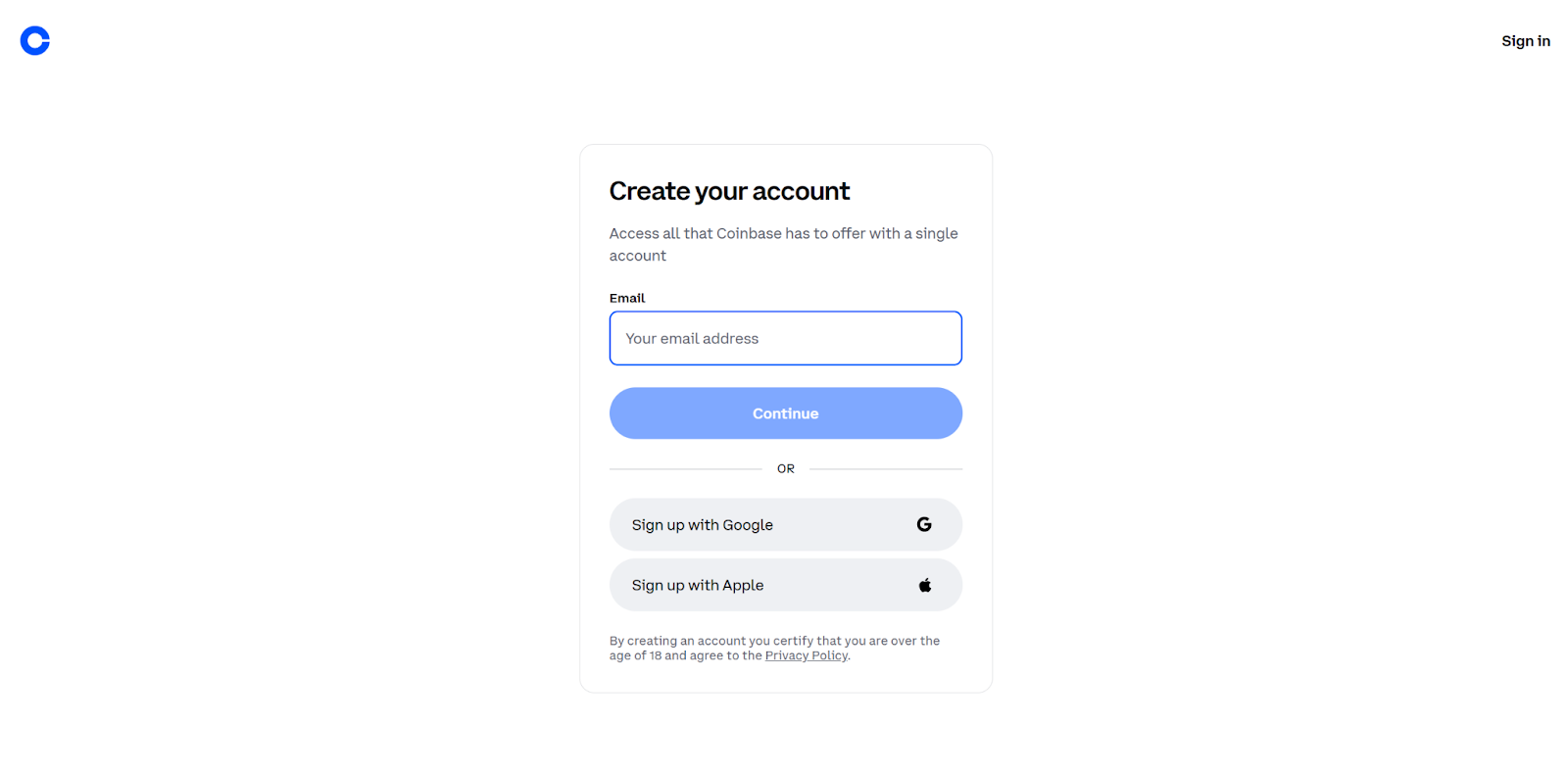
Getting started with Coinbase Wallet is designed to be as simple as possible, even for blockchain newbies. Follow these steps to quickly launch your crypto journey:
- Download the App: Available on both iOS and Android stores.
- Install and Launch: Open the app and tap on “Create New Wallet.”
- Create a Wallet: Follow on-screen prompts; you’ll be provided a recovery seed phrase.
- Secure Your Seed Phrase: Write down this phrase and store it securely offline. This seed is the ultimate backup for your account.
- Set Up Additional Security: Enable extra features like two-factor authentication or biometric unlocking.
- Begin Using Your Wallet: Once configured, explore functionalities such as buying, selling, and transferring coins.
This clear setup closely explains how to use Coinbase wallet for every transactional need you may have.
Buying, Selling, and Exchanging Coins
Coinbase Wallet is built to cover the full spectrum of crypto transactions. Users can:
- Buy and Sell: Engage directly with integrated exchange services, allowing seamless coin purchases or sales.
- Transfer Funds: Send or receive tokens quickly by using wallet addresses, an essential feature for peer-to-peer transactions.
- Exchange Within the App: An in-built exchange enables you to swap tokens on the fly, making it a convenient hub for daily trading operations without leaving the secure confines of the wallet.
This intuitive transactional infrastructure ensures that managing your portfolio remains efficient and direct.
Additional Possibilities
Coinbase Wallet is not just a storage tool — it’s a dynamic portal into the broader decentralized ecosystem. Beyond simple transactions, the wallet facilitates access to emerging opportunities such as crypto-backed loans, yield farming, and other experimental DeFi projects. These additional possibilities empower users to engage with the latest trends while leveraging their assets in innovative ways. Whether you’re exploring a new financial product or using a secondary service through the wallet’s dApp browser, these unique features add a compelling dimension to Coinbase Wallet’s overall appeal.
Conclusion
In summary, Coinbase Wallet stands out as a comprehensive and secure tool in today’s multifaceted crypto landscape. It bridges the gap between traditional asset storage and the dynamic world of decentralized finance with features that cater to both novices and advanced users. Emphasizing full user control through its non-custodial design — and backed by a robust backup scheme — it offers a balanced approach to security and convenience. Whether your goal is to safeguard your digital wealth, engage with innovative DeFi protocols, or explore what a true Coinbase crypto wallet can offer, this review confirms its position as a viable, future-proof solution for 2025 and beyond.
FAQ
What is Coinbase Wallet?
Coinbase Wallet is a non-custodial crypto management solution that empowers you to store, trade, and interact with decentralized applications.
Is my crypto secure with Coinbase Wallet?
Yes. Its design ensures strong encryption, multi-factor authentication, and a reliable backup mechanism — making it a truly Coinbase wallet safe platform.
How does Coinbase Wallet support decentralized finance?
With integrated dApp access and staking features, the wallet doubles as an entry point into DeFi markets. Many users refer to its DeFi functionality as a Coinbase DeFi wallet that streamlines direct on-chain interactions.
Can I manage multiple cryptocurrencies with Coinbase Wallet?
Absolutely. The wallet’s multi-currency support means you can manage assets ranging from Bitcoin to various altcoins — all accessible in a single, integrated environment. For instance, it operates as a robust bitcoin wallet Coinbase for traditional cryptocurrencies.
What fees should I expect when transacting?
While Coinbase Wallet itself does not charge extra fees, network fees (which vary by blockchain conditions) apply for each transaction.
Where can I find instructions on using the wallet?
The app offers detailed guides and on-screen instructions, making it clear how to use Coinbase wallet from account setup to more advanced operations.







